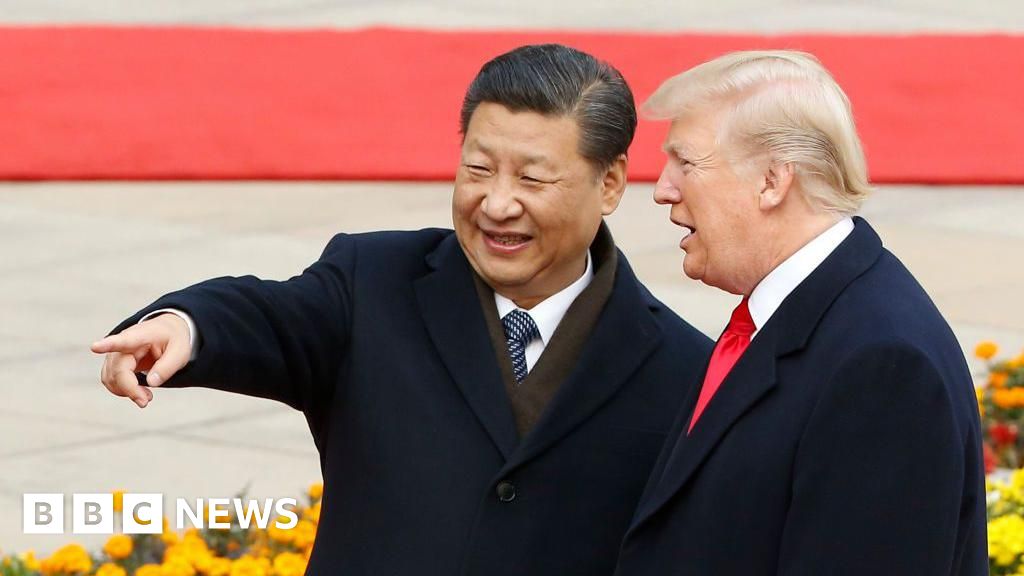Macroeconomic factors could also support EM stocks. The US Fed is forecast to cut rates further, creating room for further monetary easing and stronger growth across a number of emerging markets, Trivedi writes.
And the US dollar “will likely stay on the back foot” relative to emerging markets currencies amid a softening US labor market and a potential increase in investment flows into EM stocks and bonds as investors diversify away from the dollar. A weakening dollar can boost flows into EM stocks as investors look for higher returns outside the US.
Which Stock Markets Are Forecast to Grow?
Within Asian markets, Goldman Sachs Research sees investment opportunities in Chinese and Korean equities.
In Korea, 70% of stocks trade below book value (the implied value of a stock based on the company’s assets minus its liabilities). Ongoing reforms to the way companies are governed in Korea could also drive up the country’s equity prices, as could Chinese efforts to address disorderly price cutting and excessive competition among producers.
Meanwhile, Saudi Arabian equities could benefit from the potential easing of limits on foreign ownership of listed companies, which Goldman Sachs Research estimates could unlock passive inflows up to $10 billion to the Saudi markets.
“On balance, this should be supportive of Saudi equities—which have lagged EM in the year to date—and fits with our regional diversification theme,” Trivedi writes.
On the other hand, Indian equities have lagged other emerging markets this year. High valuations, higher-than-expected tariffs, and challenges for the software sector from the increased price of US H1B visas suggest that a broad recovery might not be imminent.
Beyond Asia, the team anticipates continued gains from South African stocks as rising gold prices help mining companies and inexpensive domestic sectors could benefit from a potential growth recovery and lower borrowing costs.
Why are emerging currencies strengthening against the US dollar?
Emerging market currencies outperformed their peers from major developed economies in September, and Goldman Sachs Research anticipates that this outperformance could continue.
There are three key factors supporting the appreciation of EM currencies relative to their DM peers. Firstly, high levels of carry (when investors borrow currency in a country with lower interest rates in order to invest somewhere with higher rates) are contributing to the attractiveness of emerging markets currencies relative to other major currencies.
Secondly, the team notes that the US dollar has been acting more like a cyclical currency lately—one which appreciates as the economy grows and declines when the economy is under pressure—particularly when a shock emanates from the US.
As a result, EM currencies are likely to weaken less significantly against the dollar in the event of changes to risk sentiment or downward revisions to growth expectations in the US.
And finally, the strong performance of EM equities is also likely to have played a role in the appreciation of EM currencies relative to their developed market peers.
The team has found that there is a relationship between the performance of EM currencies and relative equity returns. In short, “the best environment for EM foreign exchange is when both the MSCI EM and S&P indices are going up and MSCI EM is outperforming,” Trivedi writes.
This article is being provided for educational purposes only. The information contained in this article does not constitute a recommendation from any Goldman Sachs entity to the recipient, and Goldman Sachs is not providing any financial, economic, legal, investment, accounting, or tax advice through this article or to its recipient. Neither Goldman Sachs nor any of its affiliates makes any representation or warranty, express or implied, as to the accuracy or completeness of the statements or any information contained in this article and any liability therefore (including in respect of direct, indirect, or consequential loss or damage) is expressly disclaimed.









